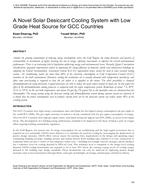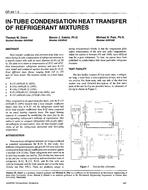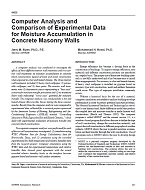Click here to purchase
In school and office buildings, the ventilation system has a large contribution to the total energy use. A control strategy that adjusts the operation to the actual demand can significantly reduce the energy use while guaranteeing a good indoor environmental quality (IEQ). This is important in rooms with a highly fluctuating occupancy profile, such as classrooms and open offices. A standard rule-based control (RBC) strategy is reactive, making the installation ‘lag behind’ in relation to the demand. As a result a good indoor climate is not always guaranteed and the actual energy saving potential can be lower than predicted. In addition, with all-air systems conflicts can occur between the fresh air demand and the heating demand. A predictive controller can be a solution as the controller takes into account the current situation and the future demand. To study the potential of predictive control for all-air ventilation systems the control is implemented in a case study building with two lecture rooms in Belgium. The model predictive control (MPC) framework is based on an auto regressive with exogeneous input (ARX) model to control the room temperature and CO2 concentration. Through the BACnet interface of the AHU the optimized control outputs for variable air volume (VAV) damper position and supply air temperature are written to the ventilation system set points. This paper evaluates first measurement results, during spring 2020, of the IEQ in a lecture room after implementing a predictive controller for the all-air ventilation system in an educational building. The data driven ARX model is a simple regression model but the results indicate that the model is able to predict the future room conditions accurately. The measured thermal discomfort is minimal and CO2 concentrations in the room could be maintained below the setpoint. The VAVs react well to the heating and ventilation demand in order to control the IEQ. Using a simplification the optimization problem can be solved using a linear approach reducing the computation time.
Product Details
- Published:
- 2022
- Number of Pages:
- 8
- Units of Measure:
- Dual
- File Size:
- 1 file , 3 MB
- Product Code(s):
- D-IAQ2020-C2-C08
- Note:
- This product is unavailable in Russia, Belarus


